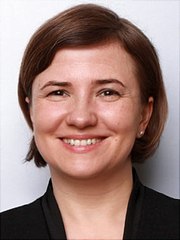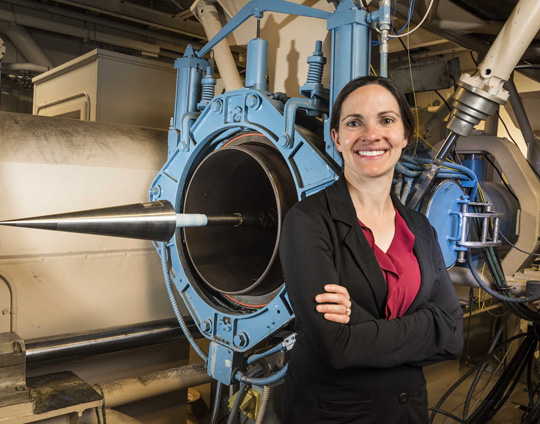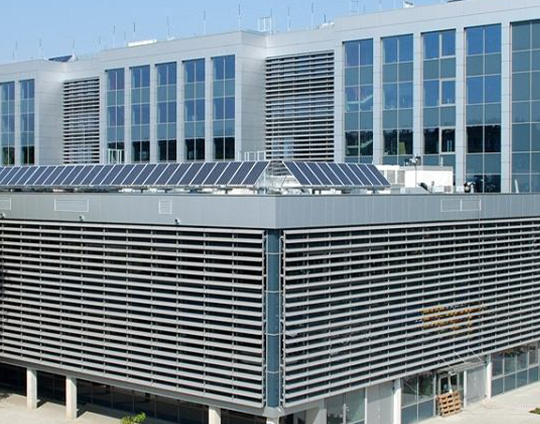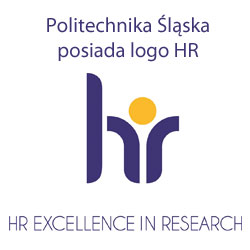Start - Aktualnosci

Referat pt: „In situ X-Ray Synchrotron Methods for Exploring the Length Scale in Nanostructured Materials and Devices”
29 maja 2025 o godz: 14:00 w Auli B/CNT zapraszamy na referat pt: „In situ X-Ray Synchrotron Methods for Exploring the Length Scale in Nanostructured Materials and Devices” wygłosi prof. Dorota Koziej z Hamburg University w Niemczech.
Streszczenie:
In situ X-Ray Synchrotron Methods for Exploring the Length Scale in Nanostructured Materials and Devices
Dorota Koziej
1 University of Hamburg, Institute for Nanostructure and Solid-State Physics, Center for Hybrid Nanostructures (CHyN), Luruper Chaussee 149, 22761 Hamburg, Germany
In recent years, we have developed methods to fabricate materials with complex chemical and structural properties. Successfully synthesizing functional materials relies on controlling chemical reactions across various length scales, yet the classical nucleation and growth model falls short in providing adequate information. In this talk, I will present how multimodal X-ray methodology, rather than simply offering new tools, is expanding our ability to study, understand, and design complex structures. A combination of in situ X-ray spectroscopic (XAS/XES), scattering techniques (PDF/PXRD/SAXS), and microscopic methods (ptychography), along with rapid data acquisition, helps uncover the intricate chemical processes involved in synthesizing functional materials. These techniques provide complementary insights into chemical reactions in solution, as well as the nucleation, growth, and crystal phase transitions of nanoparticles and their assemblies.
We will focus on materials exhibiting varying degrees of chemical, structural, and morphological complexity, such as hollow Cu cubes, CuPd icosahedral nanoparticle assemblies, and CoO assemblies. Using the example of ZnS nanorods, we will demonstrate how combination of in situ XAS and XES allows for the monitoring of the emergence of the electronic and atomic structures of ZnS nanorods. To illustrate the advantages of operando high-energy X-ray scattering measurements, we will discuss the photodegradation of CuBi2O4 photoanodes. Finally, I will address the strengths and limitations of using synchrotron methods for in situ and operando studies in solution.
Acknowledgements: This research was financed by the project 05K22GU7 (LUCENT II, ErumPro) and 05K20GUA (XSterovision) of the Bundesministerium für Bildung und Forschung (BMBF), Cluster of Excellence “CUI: Advanced Imaging of Matter” of the Deutsche Forschungsgemeinschaft (DFG)-EXC 2056-project ID 390715994 of the Deutsche Forschungsgemeinschaft, the ERC Consolidator Grant LINCHPIN (grant no. 818941).
References
[1] Grote et al, Nature Comm. 12 (2021) 1,
[2] Grote et al, Nature Comm. 13 (2022) 4971
[3] Grote et al, Scientific Reports 13 (2023) 31
[4] Derelli et al, Small 20 (2024) 2311714
[5] Klemeyer et al, J. Am. Chem. Soc. 146 (2024) 33475
[6] Derelli et al, Angew. Chem. Int. Ed. 62 (2023), e202307948
Aktualności
Pokaż wszystkie

Więcej aktualności Mniej aktualności















